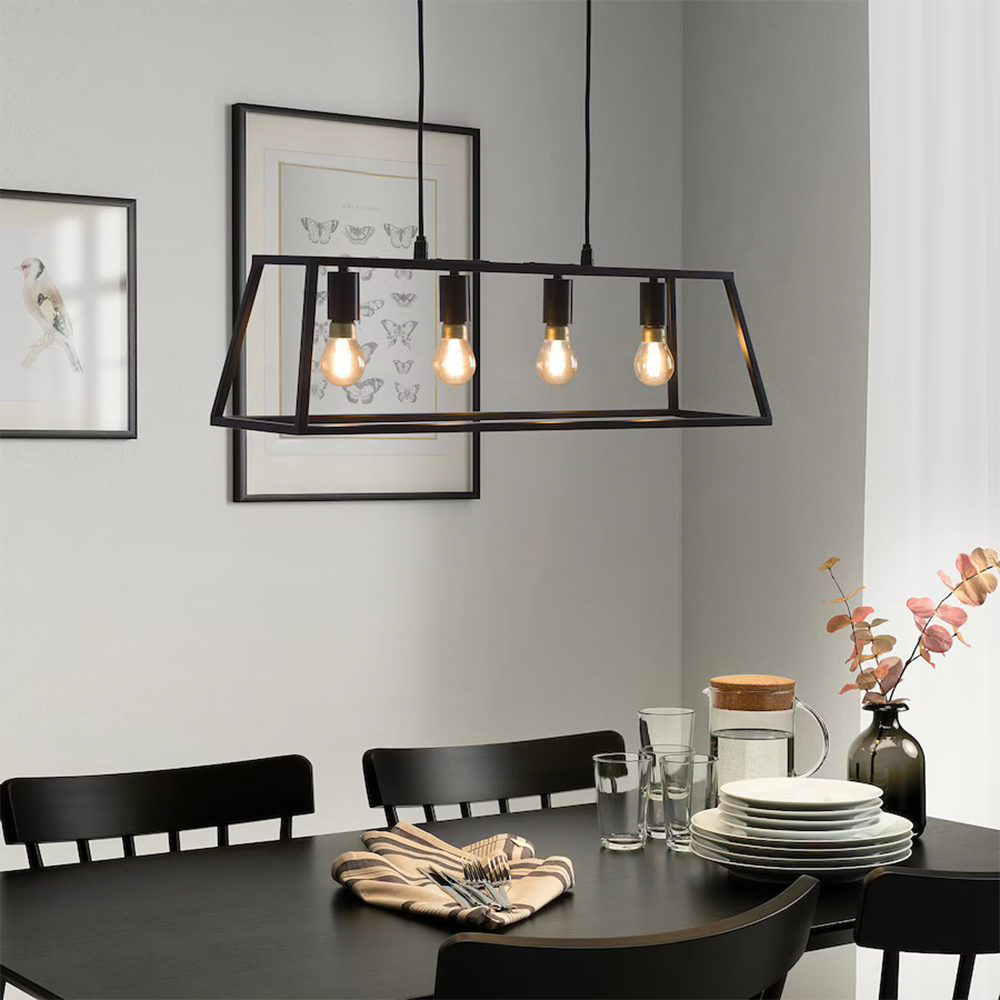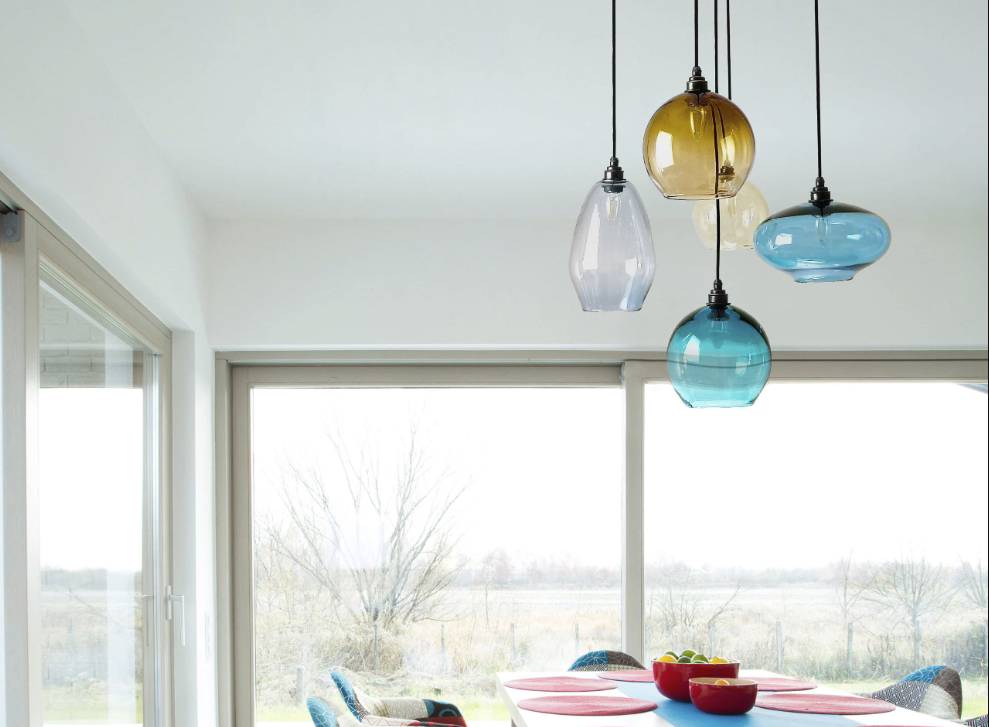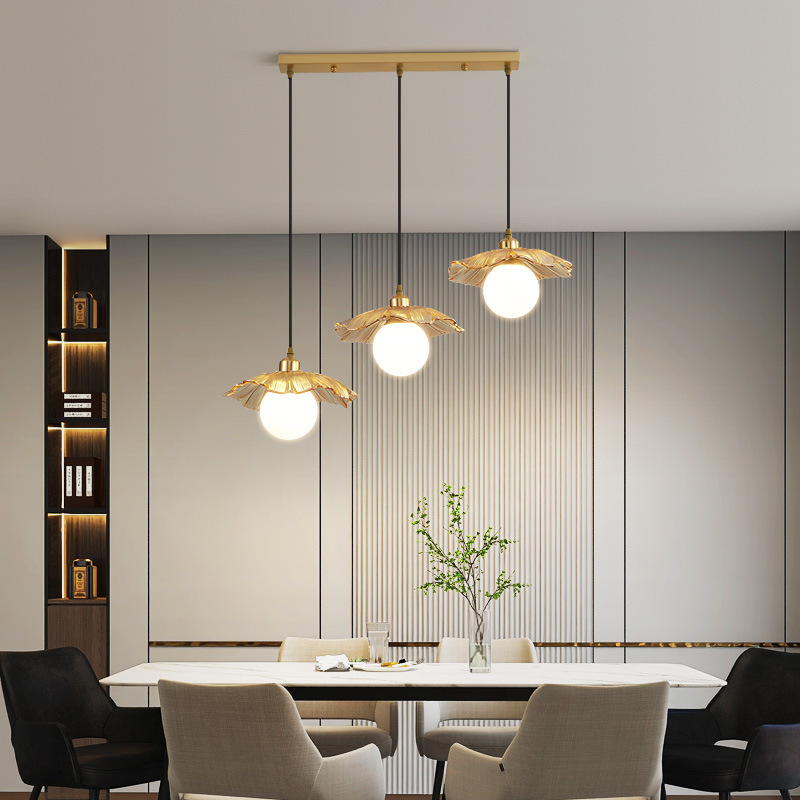The History of Pendant Lighting
Pendant lighting has been a popular form of lighting since the 17th century. The first pendant lights were made of blown glass, copper, or brass and were mainly used in palaces and churches. However, as technology advanced, pendant lights became more accessible to the general public and were used in homes as a decorative lighting fixture. The ball pendant chandelier, in particular, became popular in the 20th century and is now a staple in modern interior design.
The Beauty of Ball Pendant Chandeliers
A ball pendant chandelier is a lighting fixture that consists of a series of hanging balls, generally made of crystal or glass, that refract light and create a mesmerizing display. This type of chandelier can come in different sizes, from small and delicate to large and grand, and can be used to illuminate a variety of spaces, from foyers and living rooms to bedrooms and dining areas.
What makes the ball pendant chandelier so captivating is the way it catches and reflects light. As the light passes through the glass or crystal balls, it creates a shimmering effect that adds an undeniable sense of luxury and elegance to any room. The balls are also available in a range of colors, allowing you to create the perfect ambiance for any occasion.
The Versatility of Ball Pendant Chandeliers
Ball pendant chandeliers are not limited to traditional or formal settings. They can be incorporated into a range of interior design styles, from minimalist and contemporary to bohemian and eclectic. A small, simple ball pendant chandelier can provide a subtle touch of glam to a modern space, while a larger, more ornate fixture can become the centerpiece of a grand dining room or bedroom.
Tips for Installing a Ball Pendant Chandelier
When installing a ball pendant chandelier, there are a few things to keep in mind:
1. Consider the size of the fixture in relation to the room. You want to make sure it’s proportionate and doesn’t overwhelm the space.
2. Make sure the electrical box can support the weight of the chandelier. Some ball pendant chandeliers can be heavy, so it’s important to ensure the box can handle the load.
3. Hire a professional electrician to install the chandelier. This is not a DIY project and should be done by a licensed professional.
4. Adjust the height of the chandelier to fit the room. You want to make sure it’s positioned at the right height so it provides adequate light and adds to the overall ambiance of the space.




